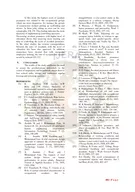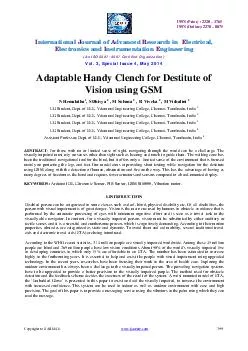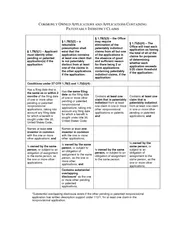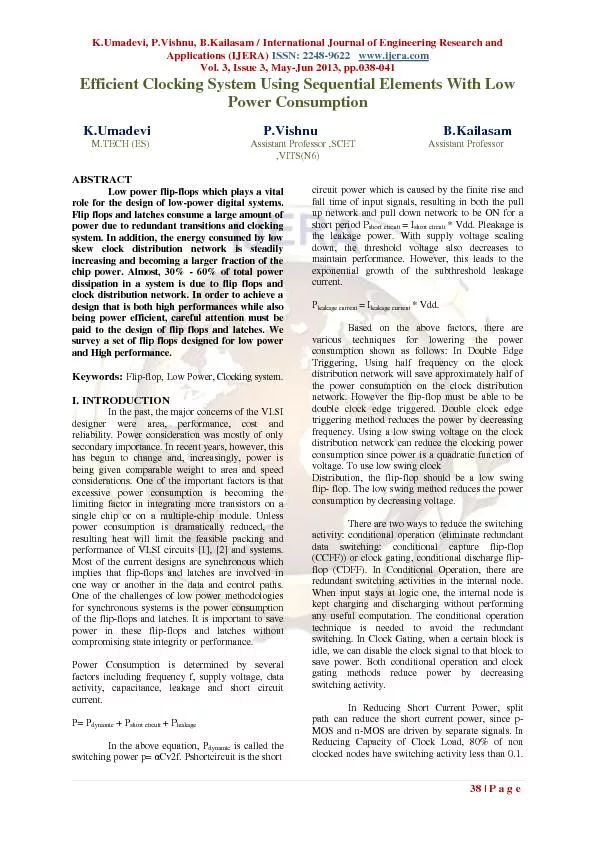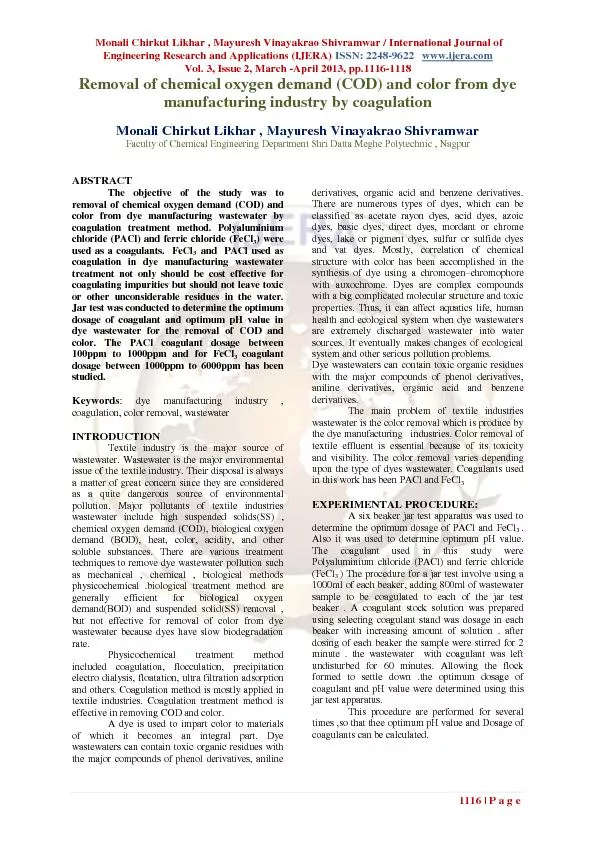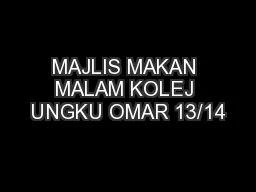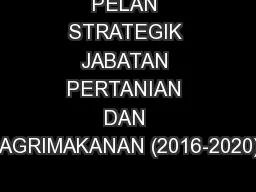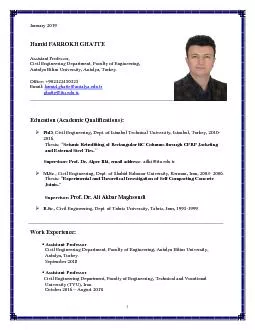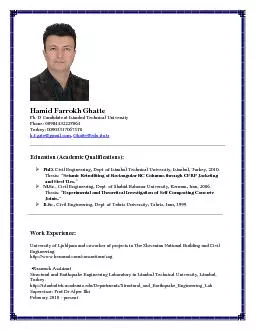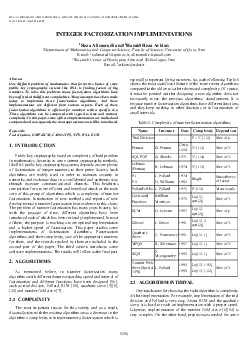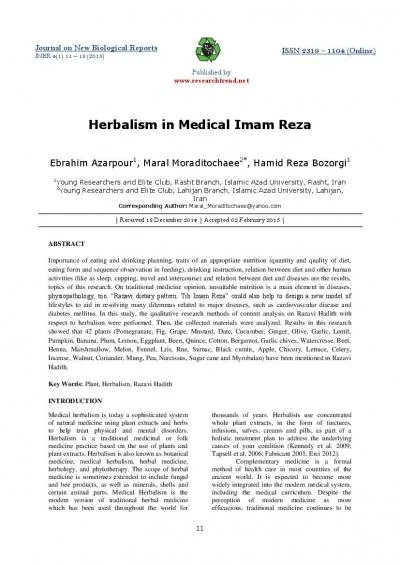PDF-Shahram Mahmoudi Iraj Mohammadfam And Hamid Reza Mortaza Bagi International Journal of
Author : test | Published Date : 2015-03-16
ijeracom Vol 3 Issue Jul Aug 2013 pp 484 486 484 P a g e Evaluation f Accident Proneness among Iranian Manufacturing Industries Results and Perspectives Shahram
Presentation Embed Code
Download Presentation
Download Presentation The PPT/PDF document "Shahram Mahmoudi Iraj Mohammadfam And Ha..." is the property of its rightful owner. Permission is granted to download and print the materials on this website for personal, non-commercial use only, and to display it on your personal computer provided you do not modify the materials and that you retain all copyright notices contained in the materials. By downloading content from our website, you accept the terms of this agreement.
Shahram Mahmoudi Iraj Mohammadfam And Hamid Reza Mortaza Bagi International Journal of: Transcript
Download Rules Of Document
"Shahram Mahmoudi Iraj Mohammadfam And Hamid Reza Mortaza Bagi International Journal of"The content belongs to its owner. You may download and print it for personal use, without modification, and keep all copyright notices. By downloading, you agree to these terms.
Related Documents

